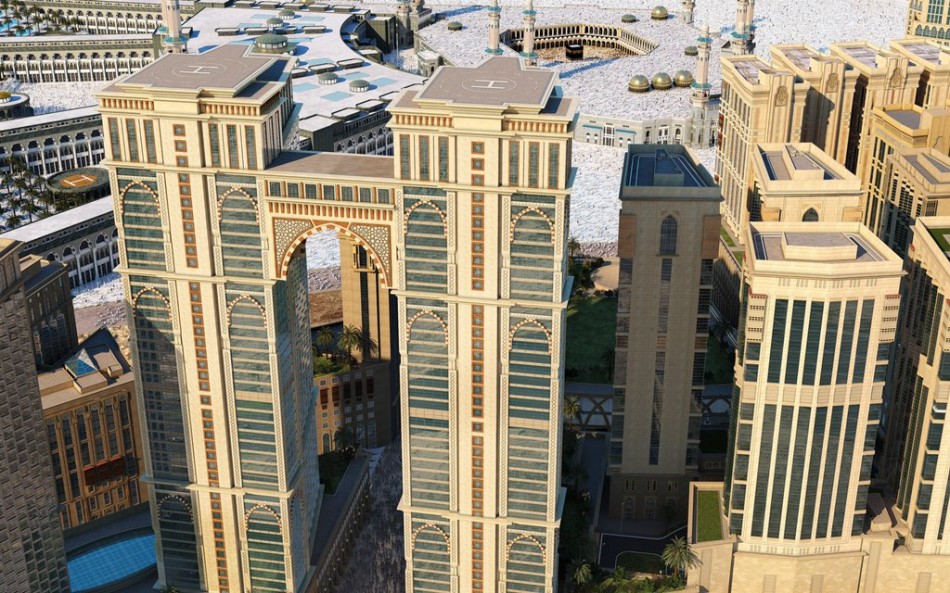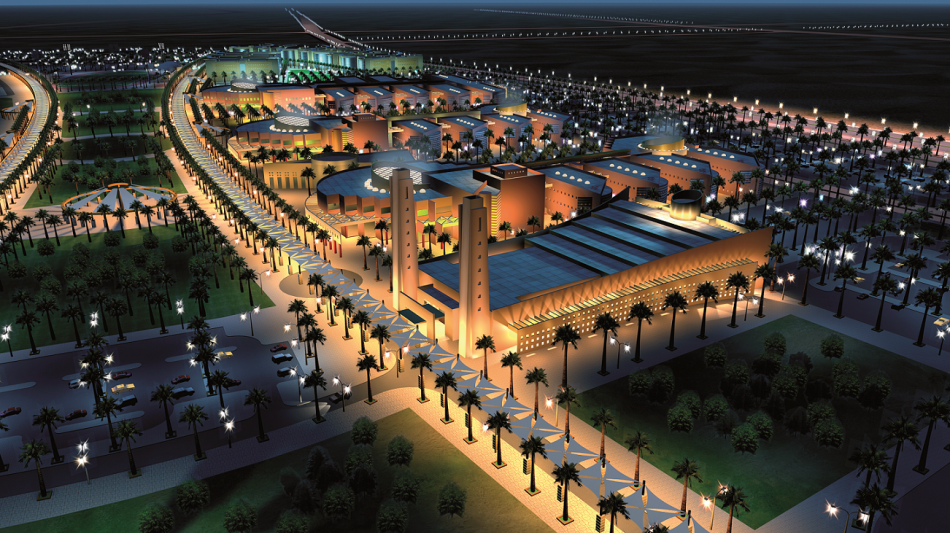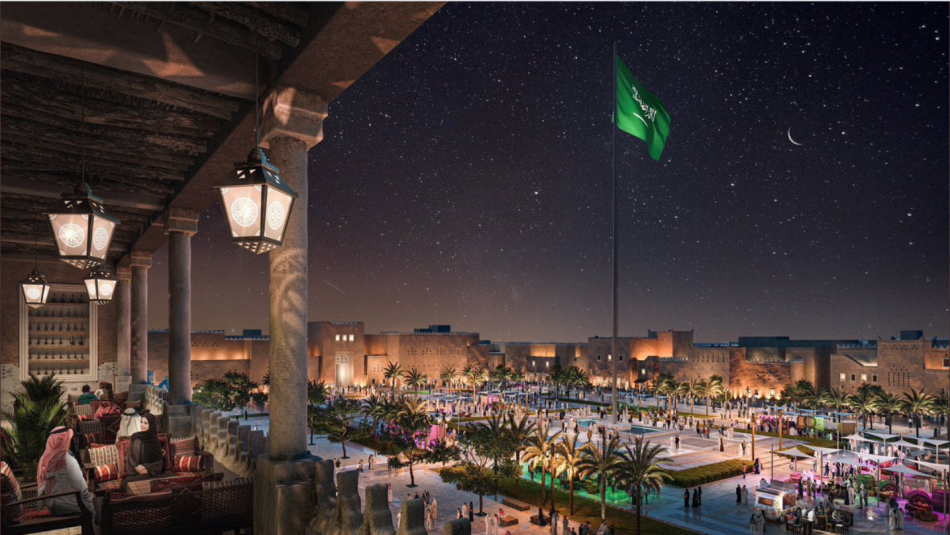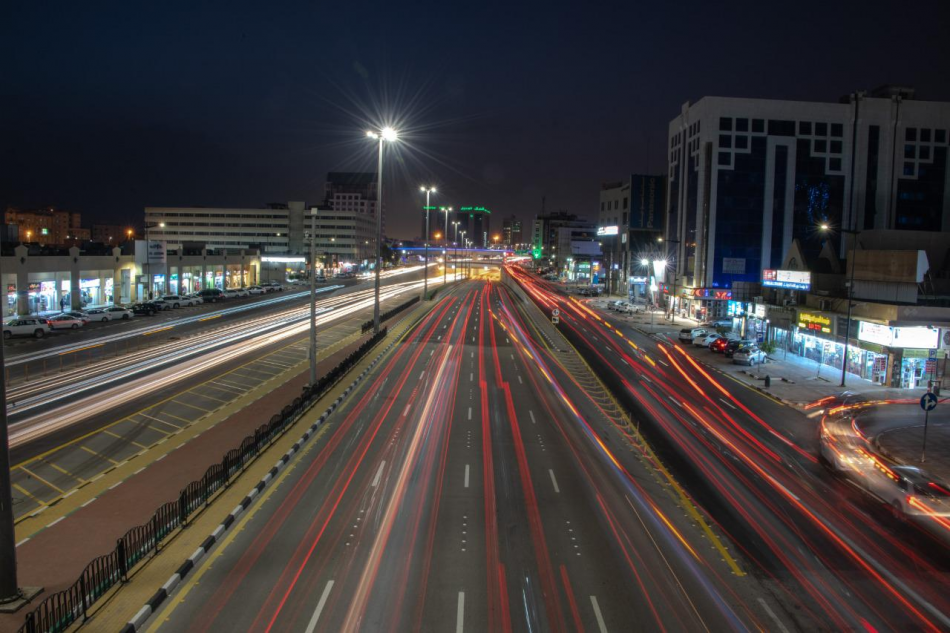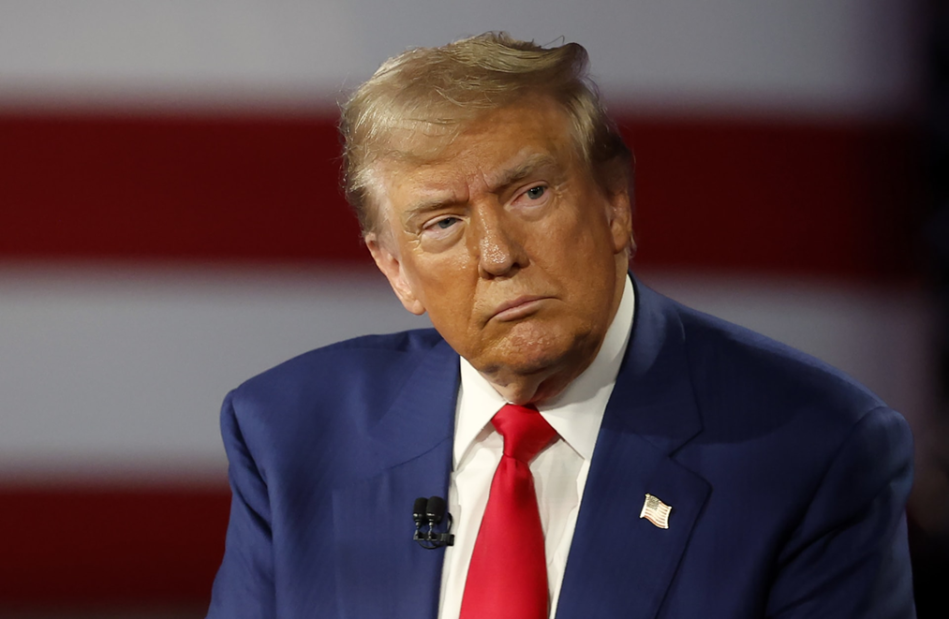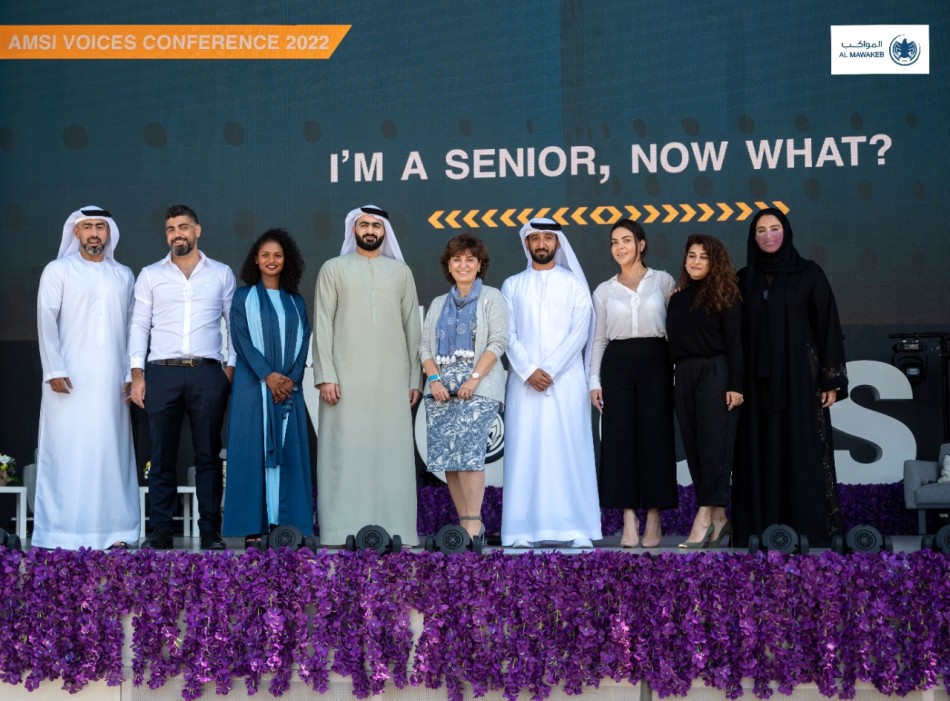Saudi Arabia celebrates the 91st National Day
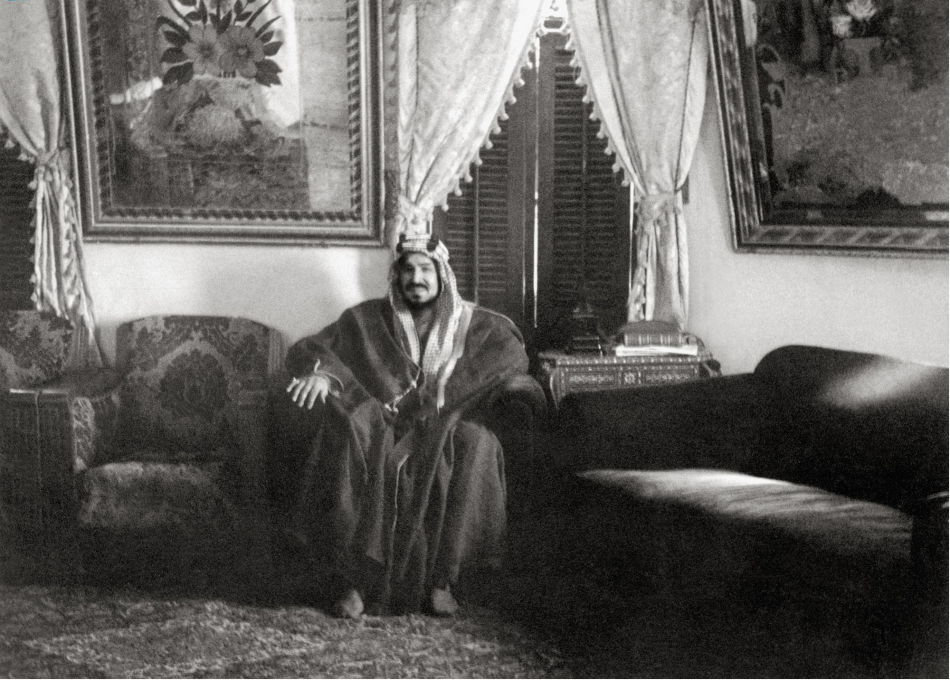
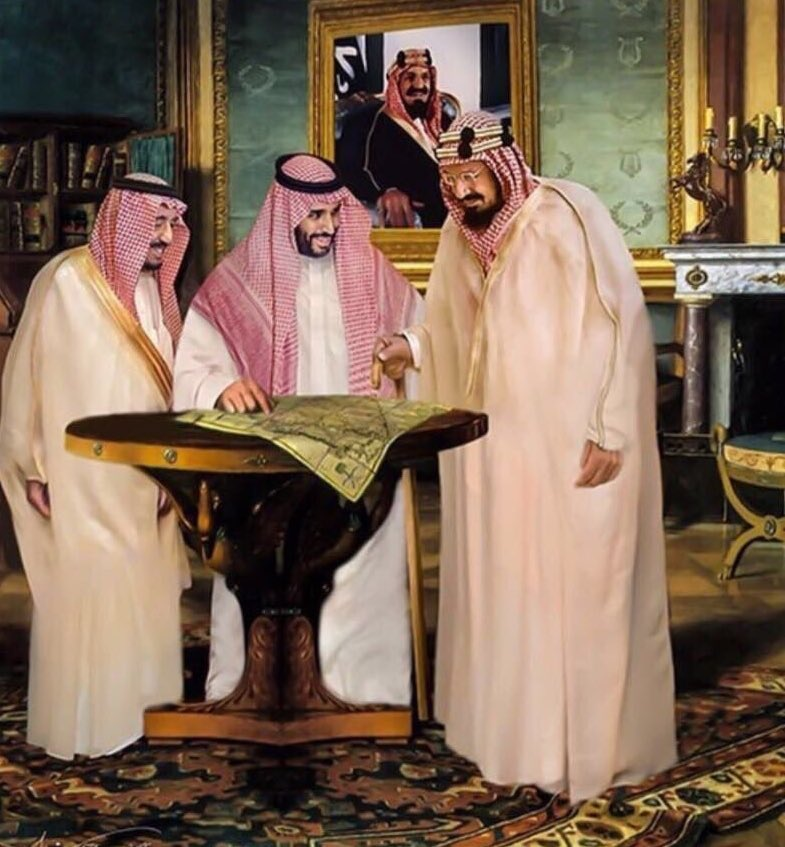
An ancient past, a prosperous present and a bright future.. History tells the stories of heroes - and numbers speak in the present and vision reveals the future
Report - Beth:
On the 23rd of September every year; The Kingdom of Saudi Arabia celebrates the National Day..
And in this year 2021, the celebration of the 91st year of the announcement of the establishment of the Kingdom after the completion of its unification at the hands of the founder of the third Saudi state, King Abdulaziz bin Abdulrahman Al-Faisal Al Saud - may God have mercy on him.
This date goes back to the royal decree issued by the founding King Abdul Aziz No. 2716, dated 17 Jumada I 1351 AH, which decided to transfer the name of the state from the Kingdom of Hejaz and Najd and its annexes to the Kingdom of Saudi Arabia, starting from Thursday, Jumada I 21 1351 AH corresponding to the first of Libra, corresponding to September 23, 1932 AD.
On Shawwal 5, 1319 AH corresponding to January 15, 1902 AD, King Abdulaziz bin Abdul Rahman bin Faisal Al Saud, founder of the Kingdom of Saudi Arabia, managed to restore Riyadh, the capital of his ancestors, the founders of the first and second Saudi state, and return his family to it. After the recovery of Riyadh, King Abdul Aziz continued an armed struggle for more than 30 years in order to unify the kingdom, and the beginning of the third Saudi state.
The National Day in the Kingdom; It is one of the Saudi seasons that it organizes throughout the year, and it is held in celebration of the Kingdom's National Day.
The application of the season initiative began for the first time in the year 2019, 14 years after the approval of an official holiday for the National Day in the year 2005 AD.
The identity works to unify the celebration of the National Day, as it is used in a wide range of applications, whether by government or private agencies, inside and outside the Kingdom.
identity files
Download Forms
National songs
brief history
The first Saudi state
The first Saudi state was established in the period (1157 AH - 1233 AH / 1744 - 1818 AD), after the Arabian Peninsula, in the early twelfth century AH corresponding to the eighteenth AD, was in a state of disintegration and insecurity, which created a state of chaos and political and social instability. In addition to the spread of heresies and superstitions, this matter paved the way for an alliance between the Prince of Diriyah, Muhammad ibn Saud, and Muhammad ibn Abd al-Wahhab. Muhammad bin Saud had assumed the Emirate of Diriyah in 1139 AH / 1727 AD.
The second Saudi state
The second Saudi state .. after the fall of the first Saudi state in 1818 AD; Prince Turki bin Abdullah returned to restore the state of his ancestors and established the second Saudi state, and he made Riyadh his capital after the destruction of the city of Diriyah, the former capital.
The third Saudi state
The end of the second Saudi state was gradual. Before its fall, that state was a strong state in its political entity in the Arabian Peninsula during the era of one of its most prominent imams, Imam Faisal bin Turki during his second reign. However, the state began to erode and crack as a result of several internal factors, which come Local strife.. In 1902 King Abdulaziz returned to Riyadh.
The beginning of unification with the Battle of Riyadh, also called the Conquest of Riyadh, is a battle that took place on Shawwal 5, 1319 AH, which corresponds to January 15, 1902. From Riyadh, King Abdulaziz set out with his army to unite the parts of the Kingdom.
An ancient past, a bright present and a bright future
Whoever reads the history of the Kingdom of Saudi Arabia will feel the fascination in every line of the Kingdom's history.
Whoever is familiar with the Kingdom’s Vision 2030 in its details, the degree of dazzling will be revealed to the sky.
In this space, we can read in an economic report, the latest issued by the Federation of Saudi Chambers - prepared by the Center for Economic Studies in the Federation, confirming the strength of the Saudi economy and its capabilities, capabilities and huge investment programs that made it one of the most attractive and stable economies and qualified the Kingdom to enter the G20, which includes the strongest 20 economies around the world, thanks to the support and directives of the wise leadership - may God support her -.
In its report issued on the occasion of the Kingdom’s 91st National Day, the Federation explained that the Saudi economy was able to maintain its strength, stability and growth even in light of the Corona pandemic, which paralyzed the global economy, as a result of its high resilience, the gains of Vision 2030, and the great government support for the economy and business sector during the pandemic, while it led The Kingdom of the world towards economic recovery from the repercussions of the pandemic through its presidency and hosting of the summit of the leaders of the Group of Twenty countries last year, and its role in launching global initiatives to reduce the enormous negative effects on the economies of developing and poor countries, as a program was approved to support global efforts to address them, with a value of 21 billion dollars, And agree to take exceptional measures to support the economies of developing countries by pumping more than $11 trillion to support individuals and companies, in addition to expanding social protection networks.
The Saudi economy is one of the fastest economies that was able to recover from the repercussions of the pandemic, according to international indicators, as the Kingdom ranked second globally, equal to China in the Nikkei Japanese index for recovery from the Covid 19 pandemic, out of 121 countries, and 13th out of 184 countries in the global Covid index. The GCI adopted by the World Health Organization, as reports indicated to the stability of working conditions at the beginning of the second half of 2021, and the improvement of indicators of new orders in production, employment and stock of purchases, and the continuation of the Saudi trade balance achieving a surplus during June 2021, amounting to 38.69 billion riyals, which is the highest in 17 months, bringing it up since the beginning of the year to 170.7 billion riyals, and the results of foreign direct investment flows for the total year 2020 AD indicate a growth of about 20%, and the unemployment rate decreased by the end of the first quarter of 2021 AD to reach 11.7%, after it was 12.6% at the end of the quarter Fourth of the year 2020.
The report sheds light on the successes achieved by the Kingdom economically at the global level and the great development in the legislative system by issuing more than 770 reforms that had a great impact on improving the competitiveness of the business environment and the investment environment of the Kingdom, which contributed to the Kingdom’s progress from the 26th to the 24th rank in the book’s report. The annual Global Competitiveness 2020 report, and the Kingdom also advanced in the report “Women, Business Activities and the Law, 2021” from 70.6 out of 100 degrees in 2020 to 80 degrees in 2021, as the percentages of Saudi women’s employment in the private sector reached a growth rate of 31.3%, and jumped in The government sector is 41%, and the Saudi stock market “Tadawul” has advanced to become one of the top 10 financial markets around the world, and the Kingdom has advanced to 12th place in the Availability of Venture Capital Index and third globally in the Protection of Minority Investors Index and first in digital competitiveness at the level of The Group of Twenty and the first in the speed of the Internet on the fifth generation.
The report confirmed the continuation of the Saudi private sector’s strong role and performance as an effective partner in the comprehensive development process and the realization of the Kingdom’s Vision 2030, due to the record growth achieved by the non-oil private sector by 11.1%, which is the best growth for a decade, as the national private sector witnessed a great development in an environment His work and a significant increase in his small, medium and large projects, in addition to the increase in the contribution of the Public Investment Fund to enhancing the contribution of the national private sector by launching a series of giant projects such as the establishment of NEOM City and the launch of The Line, and the start of the establishment of giant projects such as Amaala, the Red Sea, and Qiddiya, and the establishment of many One of the giant companies for the development of economic sectors that contribute to the expansion and diversification of the economic base and the launch of promising sectors such as tourism, entertainment, sports and energy, as well as the large support programs launched by the state with a vision to stimulate the growth of the sector, including the stimulus program for the private sector and the allocation of 200 billion riyals to support the private sector besides Support the sector during the pandemic period.
He expected the private sector to witness great qualitative leaps after the adoption of several programs that would raise its economic and social contribution and strengthen the trend towards this sector taking the lead in achieving sustainable economic growth, as the privatization program and a partner program were launched.
The report pointed to the most important achievements of the Kingdom's Vision 2030, which was represented in the increase in the percentage of home ownership to 60%, and the launch of the "e-tourist visa" that can be obtained electronically within minutes. The tourism sector also achieved a growth of 14%, and the number of companies operating in the entertainment sector doubled. ; To reach more than 1,000 companies, and then provide more than 101 thousand jobs until the end of 2020 in the entertainment sector, in addition to the announcement of giant projects to preserve the environment, the most recent of which are the “Green Saudi Arabia” and “Green Middle East” initiatives, and the assets of the Fund have doubled. Public investments to reach about 1.5 trillion riyals, and an increase in the number of factories by 38% to 9,984 factories, and the expansion of fiber-optic network coverage, as 3.5 million homes in urban areas were covered by fiber-optic networks in 2020.
